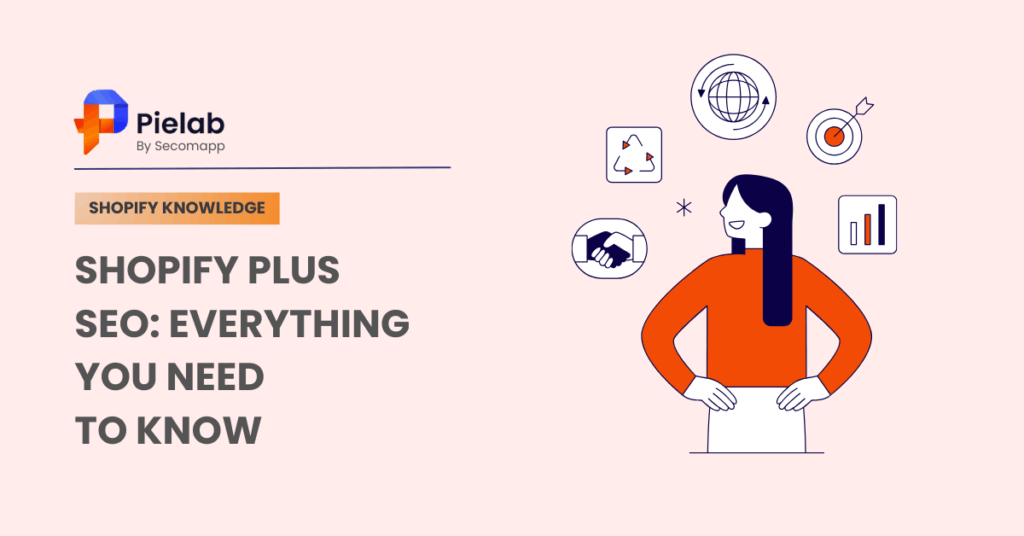Shopify Plus SEO is not just about adding keywords or adjusting titles, but rather a broad strategy that enterprise-level businesses need in order to improve visibility, strengthen organic rankings, and generate consistent revenue growth. While Shopify Plus offers advanced ecommerce functionality, it is the way you approach technical SEO, international optimization, and overall site performance that determines long-term success.
Shopify Plus SEO: Basic Understanding
1. Shopify Plus: A scalable foundation for growing brand
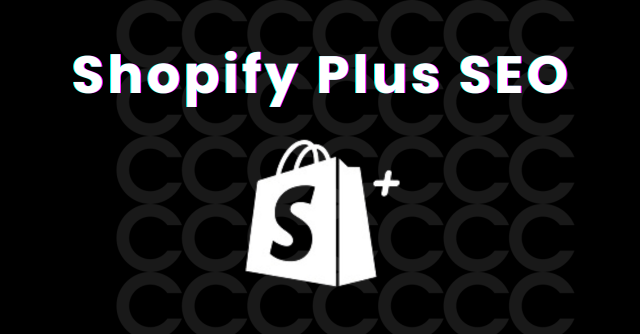
Shopify Plus is more than just an upgraded version of Shopify, it’s a platform built for enterprise-level businesses that demand flexibility, speed, and control. Unlike standard Shopify plans, Plus is tailored for high-growth brands that manage large product catalogs, serve international customers, and need advanced customization to scale efficiently.
Key features:
- Advanced checkout customization: Full access to checkout.liquid and checkout extensibility, allowing you to add structured data, custom scripts, upsells, and personalized experiences that boost conversions.
- Higher API limits: Handle complex integrations, automate SEO updates, and manage bulk metadata or product changes at scale without slowing down performance.
- Multi-store management: Run multiple stores under one organization to support different regions, languages, or customer segments (B2B and B2C), each with its own tailored SEO setup.
- Headless commerce (Hydrogen & Oxygen): Build fast, fully customized storefronts with React-based Hydrogen and deploy globally with Oxygen for better performance and SEO flexibility.
- International domain and SEO support: Use country-specific domains or subfolders, apply hreflang tags, and manage localized metadata to rank better in multiple markets.
- Automation and workflows: Streamline repetitive tasks with Shopify Flow, Launchpad, and Scripts, making it easier to maintain SEO and site performance across large catalogs.
2. Why SEO matters for Shopify Plus
While Shopify Plus delivers powerful features for scaling, these capabilities only reach their full potential when combined with a strong SEO strategy. Shopify Plus SEO acts as the bridge between the platform’s technical strengths and your brand’s growth goals. It not only improves visibility in search results but also ensures your store runs efficiently, loads quickly, and reaches the right customers worldwide.
- Maximize visibility: Optimize product, collection, and blog pages to rank and capture more organic traffic.
- Keep performance strong: Use image compression and clean code to maintain fast load speeds.
- Win rich results: Add schema markup for reviews, prices, and stock to boost click-through rates.
- Expand globally: Use multi-domain or multi-language SEO with hreflang for different markets.
- Scale efficiently: Automate updates and manage metadata across thousands of pages.
- Drive growth: SEO improves visibility and the shopping journey, turning traffic into long-term sales.
Best SEO Strategies for Shopify Plus stores
Running a Shopify Plus store means your SEO needs to be more strategic. Whether you’re working with an agency or managing SEO in-house, here are five effective strategies to help you strengthen your Shopify Plus SEO and grow your organic traffic.
1. Build a clear and scalable site structure
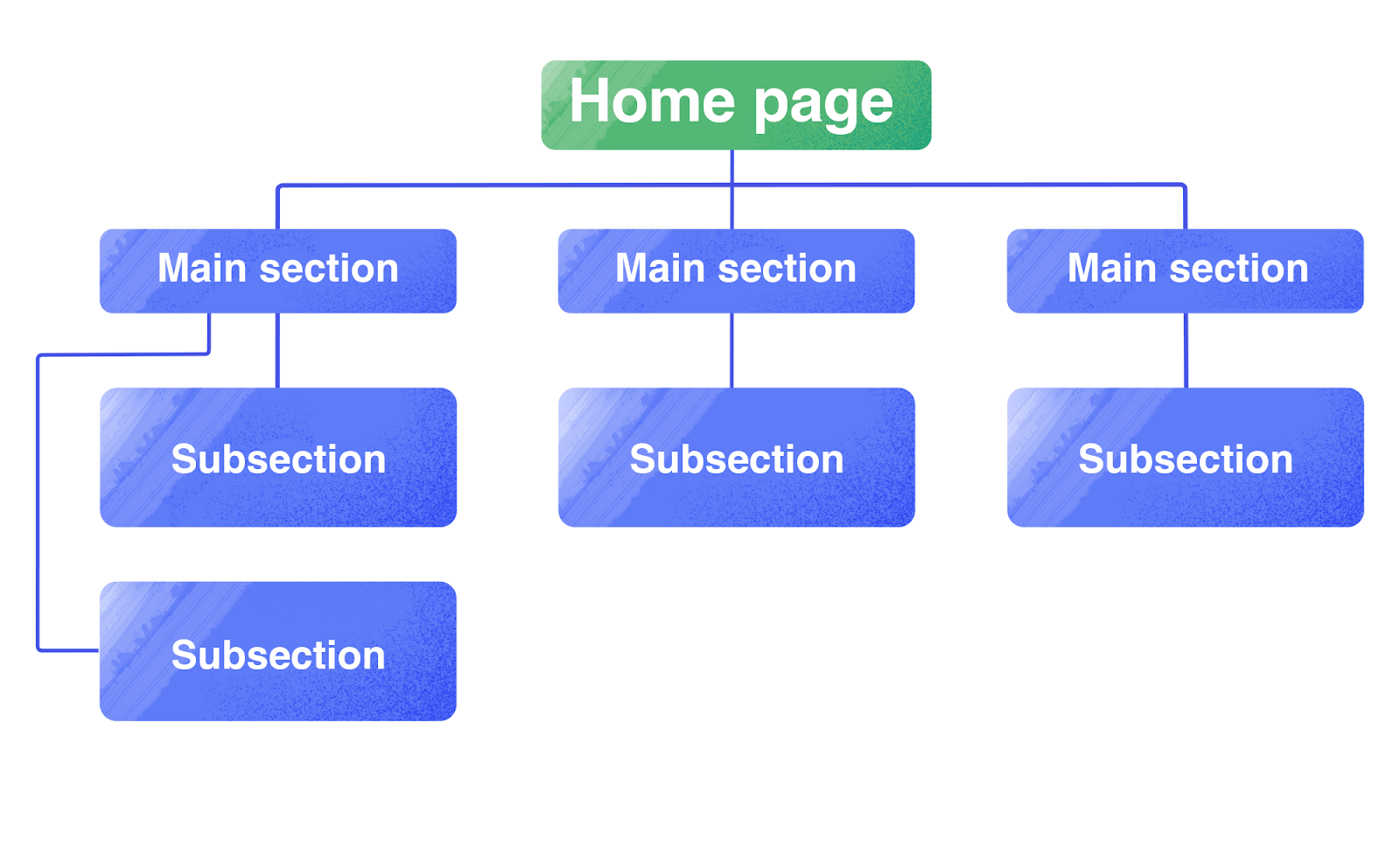
A clean site structure helps both shoppers and Google understand how your store is organized. Start by grouping products into logical collections and subcollections, ensuring that all important pages are reachable within just a few clicks from the homepage. Use breadcrumbs to guide navigation and keep your URL structure simple and consistent. For Shopify Plus stores with large catalogs, this kind of structure ensures faster indexing, better crawlability, and easier scalability while building a strong foundation for Shopify Plus SEO.
2. Use a keyword strategy that fits your pages
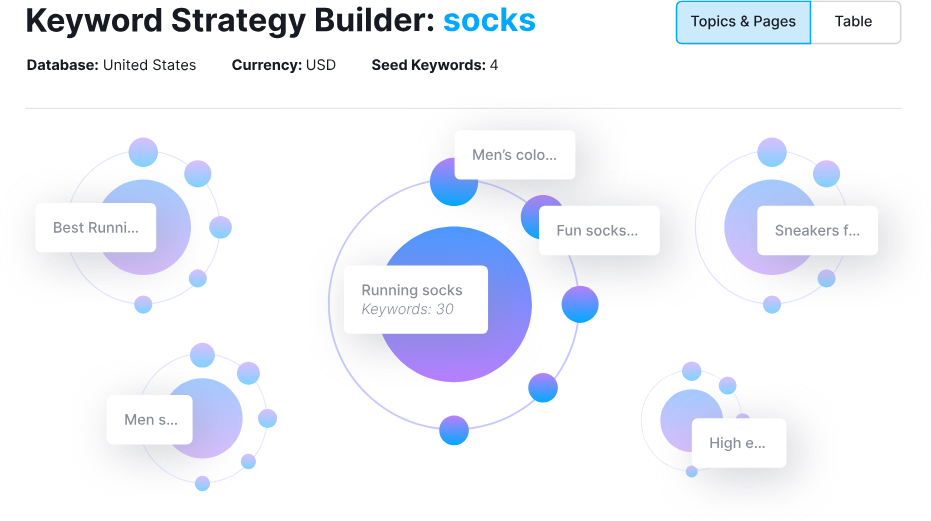
A strong Shopify Plus SEO strategy begins with keyword research that’s tailored to how people actually search for your products. Use tools like SEMrush or Ahrefs to find keywords related to your products, categories, and buyer questions, then apply them naturally across product titles, descriptions, collection text, meta tags, and even blog content. You should avoid keyword stuffing by focusing on search intent and long-tail phrases that reflect what your customers are looking for.
3. Set up and monitor Google Search Console
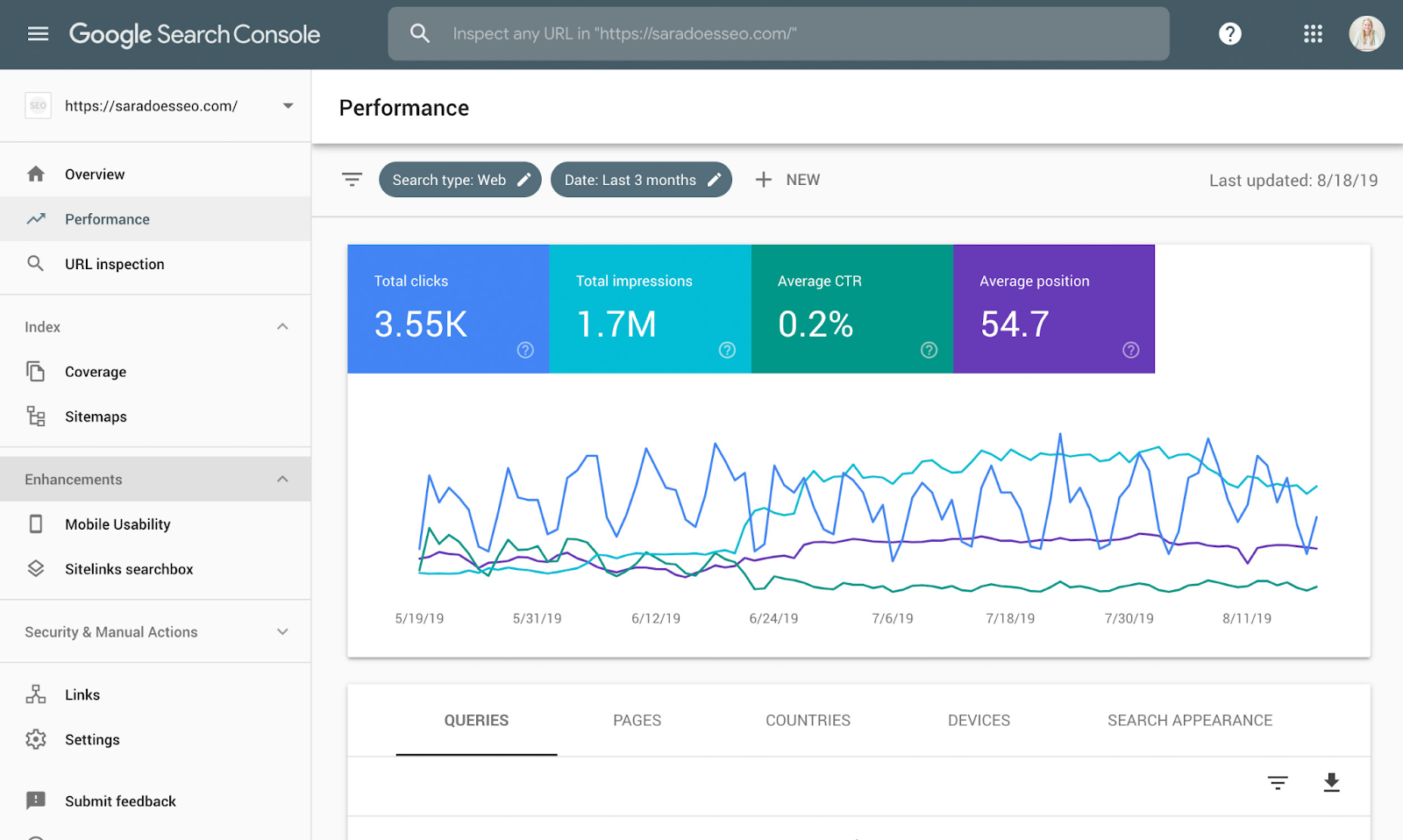
Even with a strong SEO strategy, you can’t improve what you don’t measure. Connecting your Shopify Plus store to Google Search Console gives you direct insight into how Google sees your website. You’ll be able to monitor keyword performance, index coverage, mobile usability, and technical issues like crawl errors or missing structured data. Reviewing these reports regularly helps you catch problems early, track the impact of changes, and refine your SEO decisions with data instead of guesswork – an essential habit for long-term success in Shopify Plus SEO.
4. Write unique product descriptions and add structured data
Each product page on Shopify Plus is an opportunity to rank and convert – but only if it includes unique and keyword-aligned content. To strengthen your Shopify Plus SEO, you should avoid copying supplier descriptions or reusing the same template across multiple items. Instead, you should write original content that highlights product benefits, use cases, and FAQs. On the technical side, apply structured data (schema markup) to help search engines understand your product details, like price, availability, and reviews, so your listings can qualify for rich snippets and look more attractive in search results.
5. Localize your SEO for global markets
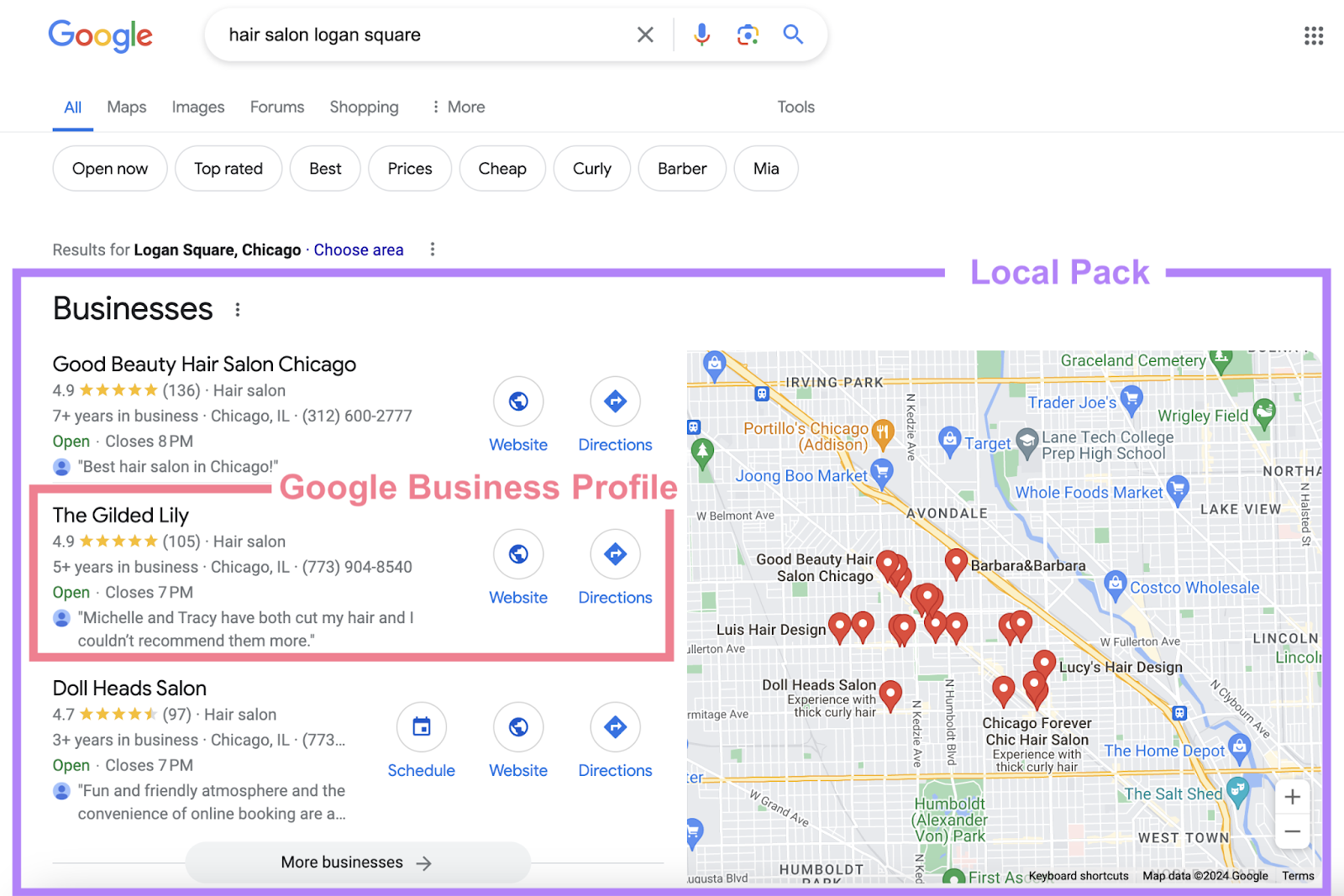
Finally, localization should be a key part of your Shopify Plus SEO strategy. So, you will need to adjust your keywords, product messaging, and metadata to fit local language and culture. Moreover, you can also make sure to implement proper hreflang tags to signal language and country targeting to Google, and use subfolders or subdomains for each market.
Shopify Plus SEO: Common mistakes and how to fix them
1. Duplicate content diluting SEO performance
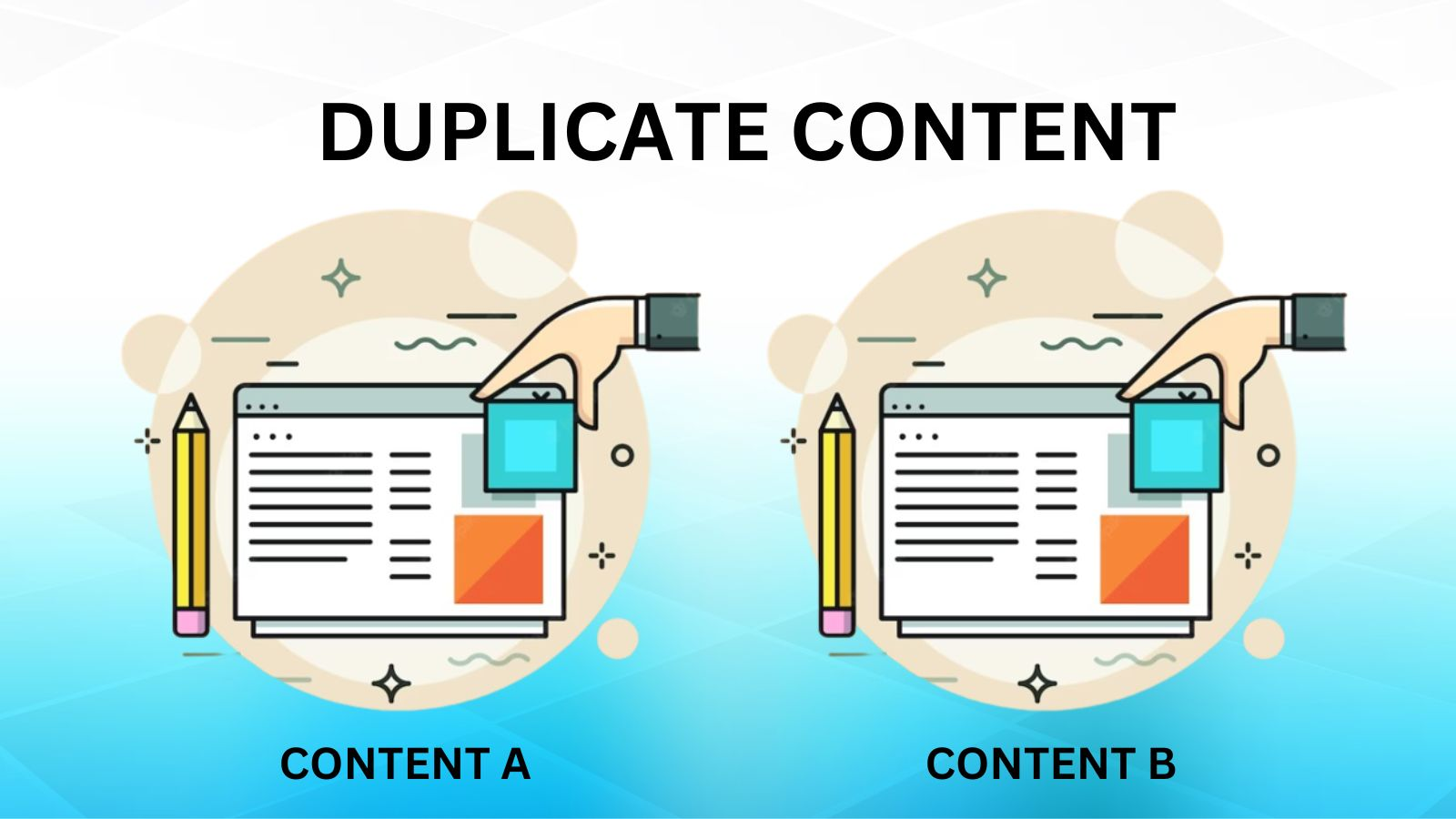
Duplicate content is when the same or very similar content appears on more than one URL. In Shopify Plus stores, this often happens inadvertently due to how the platform generates product and collection pages. In fact, one of the biggest issues with Shopify Plus SEO is that it creates duplicate pages out-of-the-box.
How to fix it:
- Use one consistent product URL: Always send visitors (and Google) to the main product page, not the collection-based version. This avoids creating multiple versions of the same page.
- Review your canonical tags: Shopify normally marks the main product page as the “official” version with a tag. Double-check that your theme or apps haven’t removed or changed it, otherwise search engines may get confused.
- Keep collections purposeful: Collections should guide shoppers, not overload your site. Adding a product to too many collections makes it harder for Google to know which page to rank.
- Watch duplicates in Search Console: If Google shows multiple versions of the same product in its index, adjust your links so the main product page is always the one being emphasized.
2. Generic or missing meta titles and descriptions
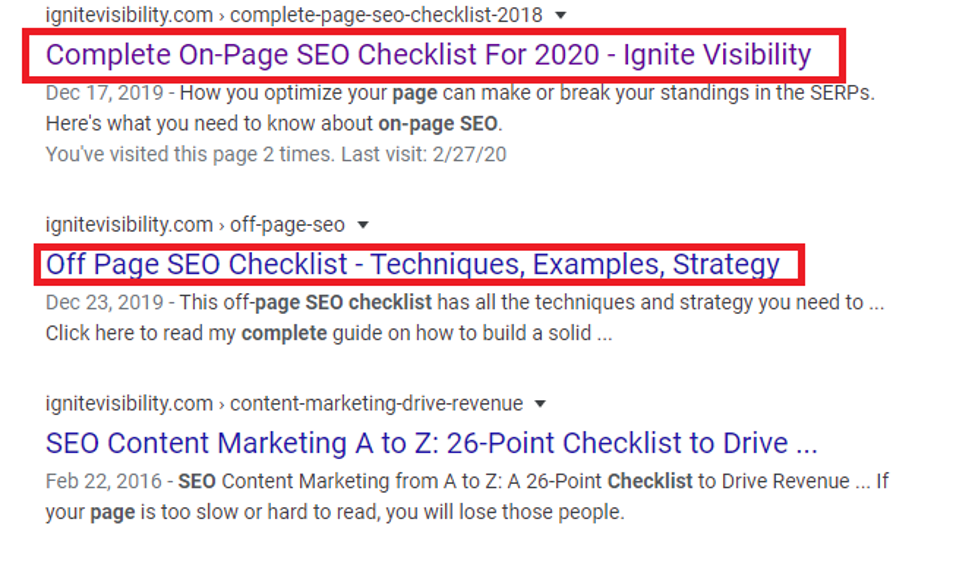
One of the most overlooked yet impactful SEO issues on Shopify Plus is the use of default, duplicated, or missing meta titles and meta descriptions. These elements define how your pages appear in search results and influence both ranking relevance and click-through rates (CTR). When these tags are not optimized, it results in poor visibility and missed traffic opportunities – especially at scale for Shopify Plus SEO.
Without a systematic SEO workflow, many pages end up using:
- Generic titles (e.g., “Product Name – Store Name”)
- Blank or repetitive meta descriptions
- No keyword targeting in either field
This reduces the ability of each page to rank for relevant queries, particularly long-tail or intent-based searches, and often leads to lower CTR from search engine result pages (SERPs).
How to fix it:
- Write unique titles: Go beyond just the product name. Add target keywords and highlight a unique feature or benefit so your listing stands out in search results.
- Keep titles concise: Search engines only display around 55-60 characters. Staying within this range ensures your full title is visible and easy for users to scan.
- Optimize descriptions: Use 130-155 characters to summarize the product’s main benefits. Include action-driven words that encourage clicks without sounding spammy.
3. Overloading the store with unnecessary apps
Installing numerous third-party apps to add functionalities can inadvertently slow down your Shopify Plus SEO’s performance. Each app may introduce additional scripts and stylesheets, leading to increased page load times. A sluggish website not only frustrates users but also negatively impacts search engine rankings.
For example, a merchant integrates multiple apps for similar functionalities, such as product reviews, without realizing that some features overlap. This redundancy causes the website to load multiple scripts performing the same tasks, degrading site speed.
How to fix it:
- Clean house regularly: Audit your Shopify apps every quarter and remove the ones you rarely use. Fewer apps mean faster load times and fewer code conflicts.
- Check speed before installing: Always test with Google PageSpeed Insights or Shopify’s speed report to see how a new app affects performance before keeping it.
- Choose multipurpose apps: Select apps that handle multiple needs in one, rather than stacking several single-feature apps that slow down your store unnecessarily.
- Ask if it’s essential: Before adding an app, ask if it truly improves user experience or conversions. If not, skip it to keep your site clean and efficient.
4. Ignoring mobile optimization
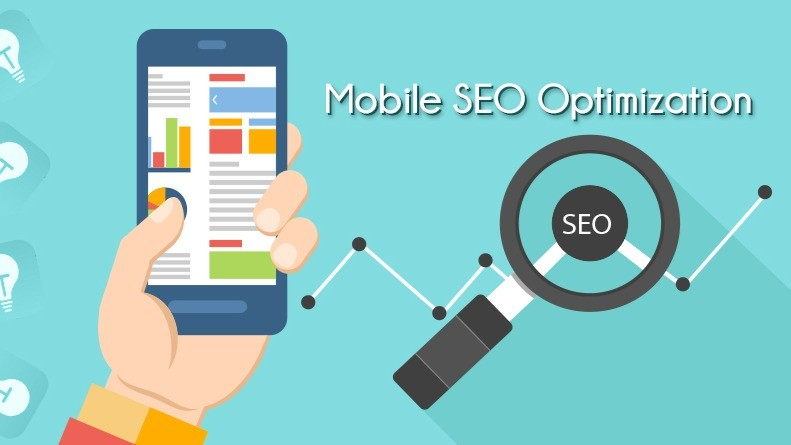
Many Shopify Plus stores are beautifully designed for desktop, but when viewed on a phone, they become hard to use. Slow loading, clunky navigation, or broken layouts can frustrate mobile users and lead them to leave before they even explore your products. This poor experience doesn’t just impact conversions – it directly affects your Shopify Plus SEO as well.
For example, you have a Shopify Plus store selling home gym equipment. The desktop version of the site looks great with large banners, videos, and detailed product photos. But when a customer visits from their phone:
- The homepage takes 5-6 seconds to load.
- Product images are oversized and take up the whole screen.
- Buttons are hard to tap, and some pages require too much zooming or scrolling.
The customer gets frustrated, backs out, and clicks on a competitor’s site instead. Now multiply that by hundreds of daily mobile visitors, you can see how much traffic and revenue gets lost. On top of that, Google’s algorithm sees the slow load time and poor usability, pushing the site further down in search results.
How to fix it:
- Use a mobile-first theme: Choose a Shopify theme built with responsive design so your store looks clean, loads quickly, and works smoothly on any phone or tablet.
- Compress images: Large banners and high-res product photos slow your site down. Always compress or resize images before uploading to keep loading speed fast.
- Simplify menus: Mobile users rely on thumbs, so keep navigation simple and accessible. Avoid tiny buttons, hidden links, or complex dropdowns that frustrate shoppers.
- Test like a customer: At least once a month, browse your store on different phones and screen sizes. Identify clunky areas and fix them before they hurt conversions.
Pro tip – use AMP: For landing pages with heavy traffic, consider Accelerated Mobile Pages (AMP). They strip down code and load almost instantly on mobile devices.
5. Not using structured data (schema markup)
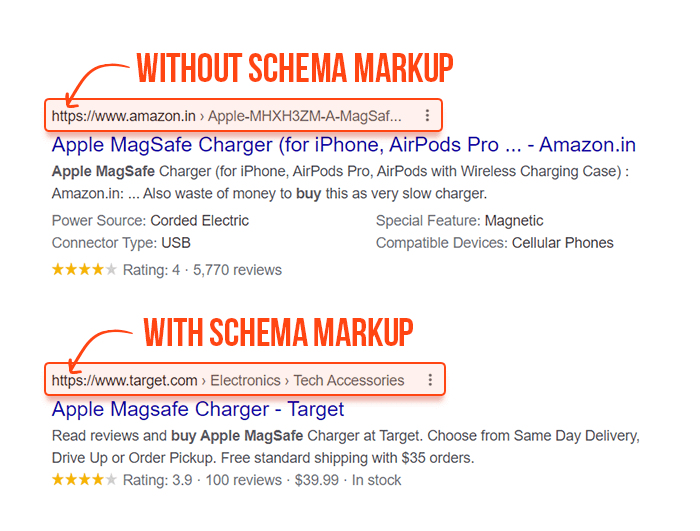
One of the most overlooked areas in Shopify Plus SEO is structured data, also known as schema markup. When you don’t use schema markup, search engines may miss key product details like ratings, prices, or stock status. This means your listings look plain in Google results, while competitors show eye-catching rich snippets that win more clicks.
By adding it, you help search engines understand your pages and unlock rich snippets like ratings, prices, and availability that make your listings more attractive and clickable. After setup, you should run Google’s Rich Results Test to ensure everything is valid and optimized.
How to fix it:
SearchPie: SEO, Speed & Schema is your best choice to fix this. More than just an SEO toolkit with speed optimization, image compression, and meta management, SearchPie stands out for its Product Schema optimization. With built-in JSON-LD automation, the app adds structured data to your store so your products can display rich snippets on Google, complete with reviews, price, and availability.
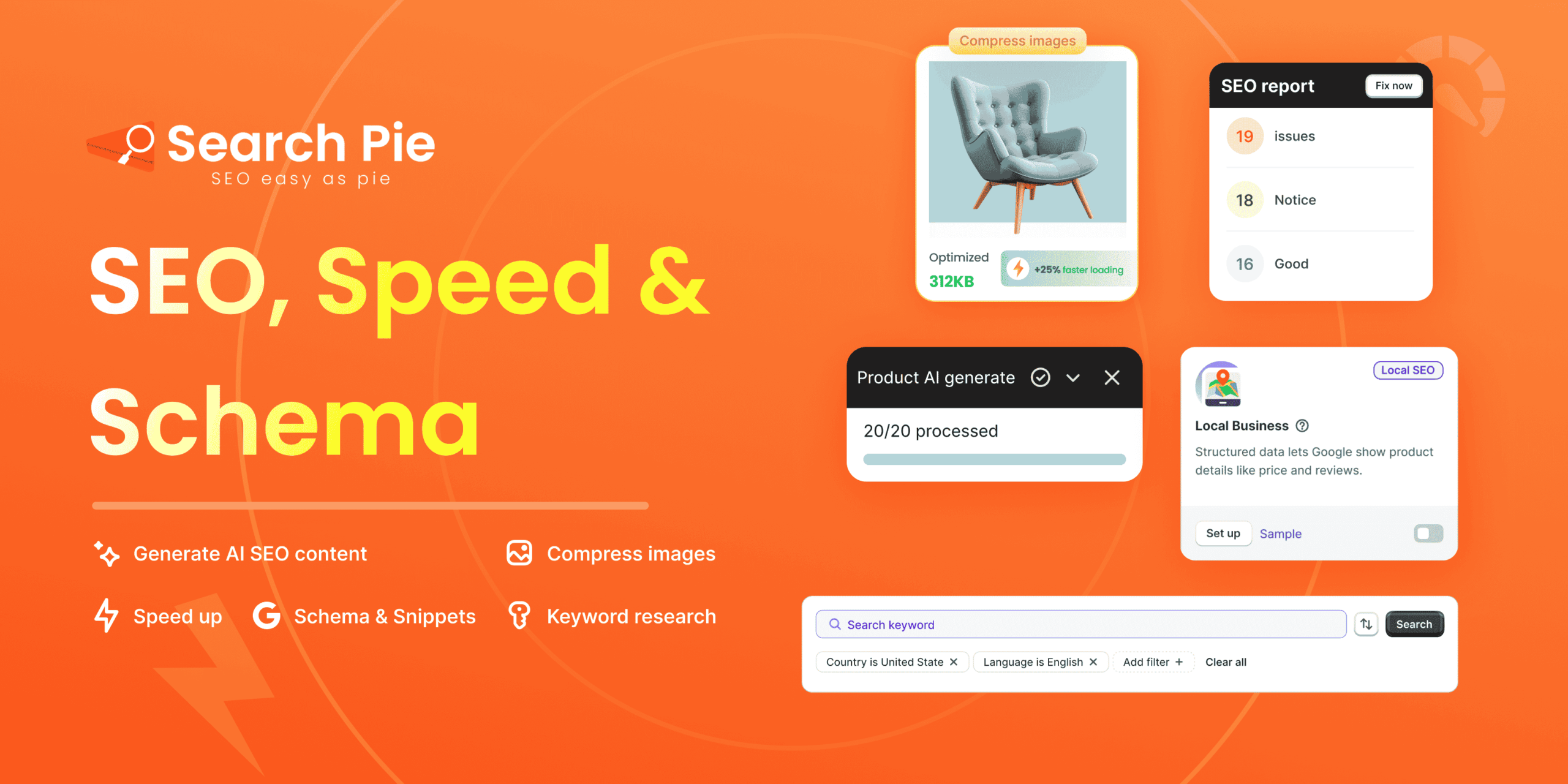
Conclusion
As eCommerce competition grows, many brands need more than just a strong platform. They need a strategy that connects site structure, speed, content, and global reach. By combining technical optimization with AI tools, structured data, and international SEO, you can improve visibility, boost conversions, and build sustainable growth through Shopify Plus SEO. Follow us to get more insights and real-world case studies that can help you stay ahead.

